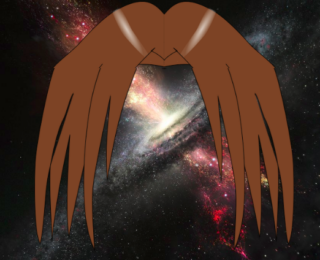
Using eROSITA to look at Beautiful AGN Blow-outs
In today’s paper, the authors use eROSITA to assemble a sample of the beautiful blow-outs that can occur in galaxies when AGN turn on.

In today’s paper, the authors use eROSITA to assemble a sample of the beautiful blow-outs that can occur in galaxies when AGN turn on.
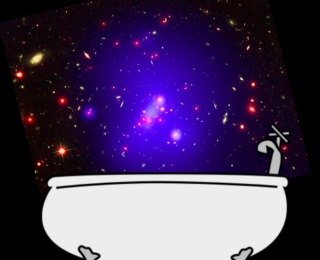
The centers of galaxy clusters are energetic and exciting places. Today’s paper explores why Abell 2495 is particularly exciting – it’s sloshing around!
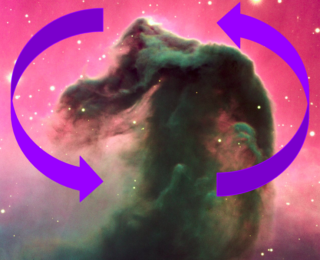
All galaxies are a complex ecosystem of interactions between hydrogen gas and stars. In today’s paper, the authors look at the Horsehead Nebula to narrow down the details of those interactions.
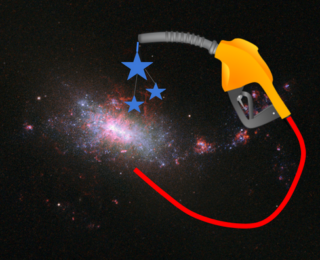
It’s really hard to see molecular hydrogen (the fuel that makes stars) directly, so astronomers have to use other spectral lines to guess how much is there. In today’s paper, the authors discuss how to do that in the smallest galaxies in the universe!
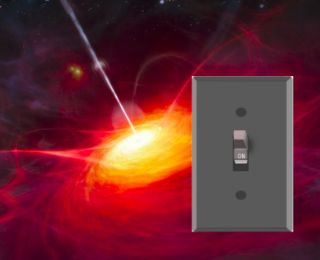
We’re still not sure what causes quasars, some of the brightest objects in the universe, to switch on. Today’s authors present a compelling case for galaxy mergers being the culprit!